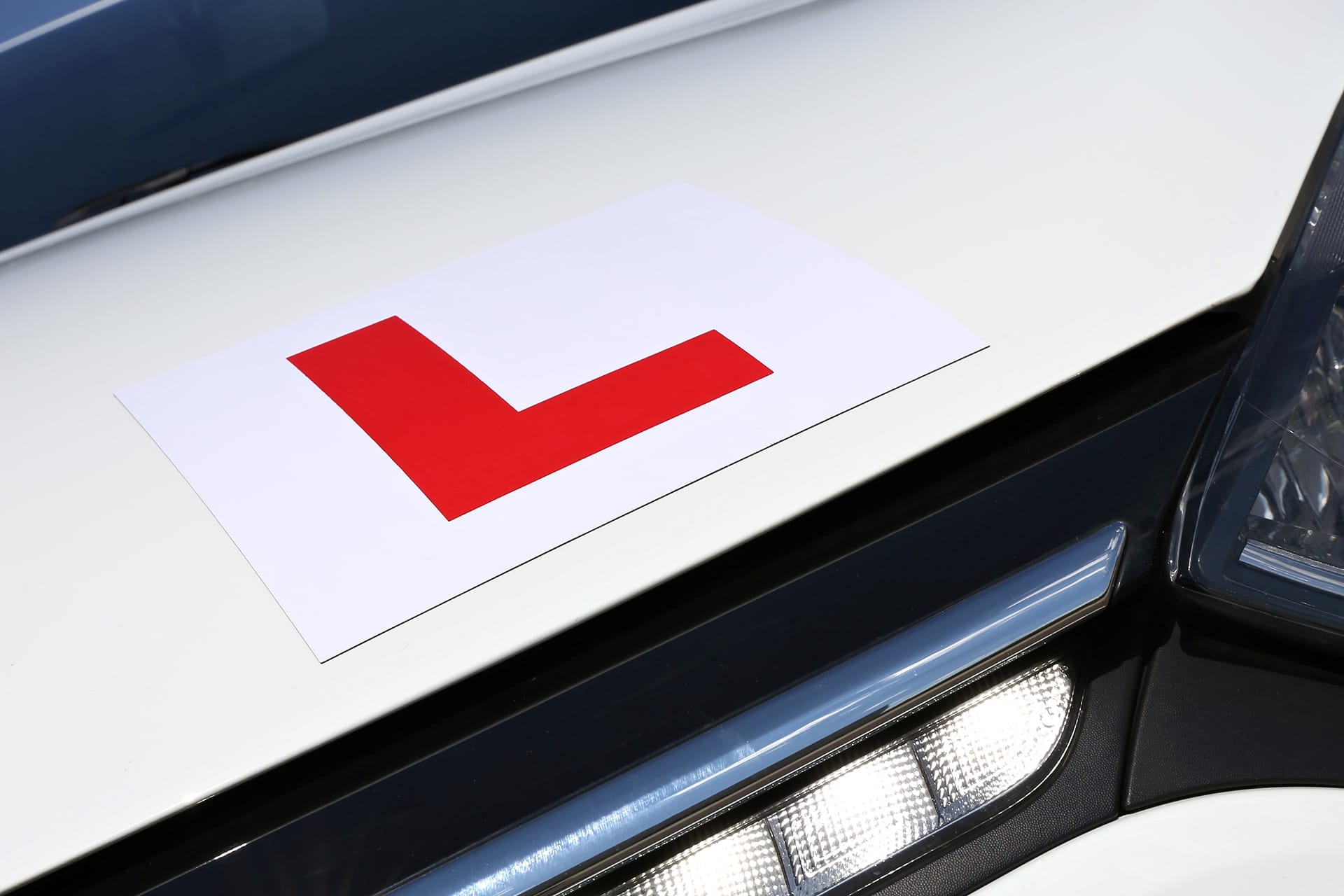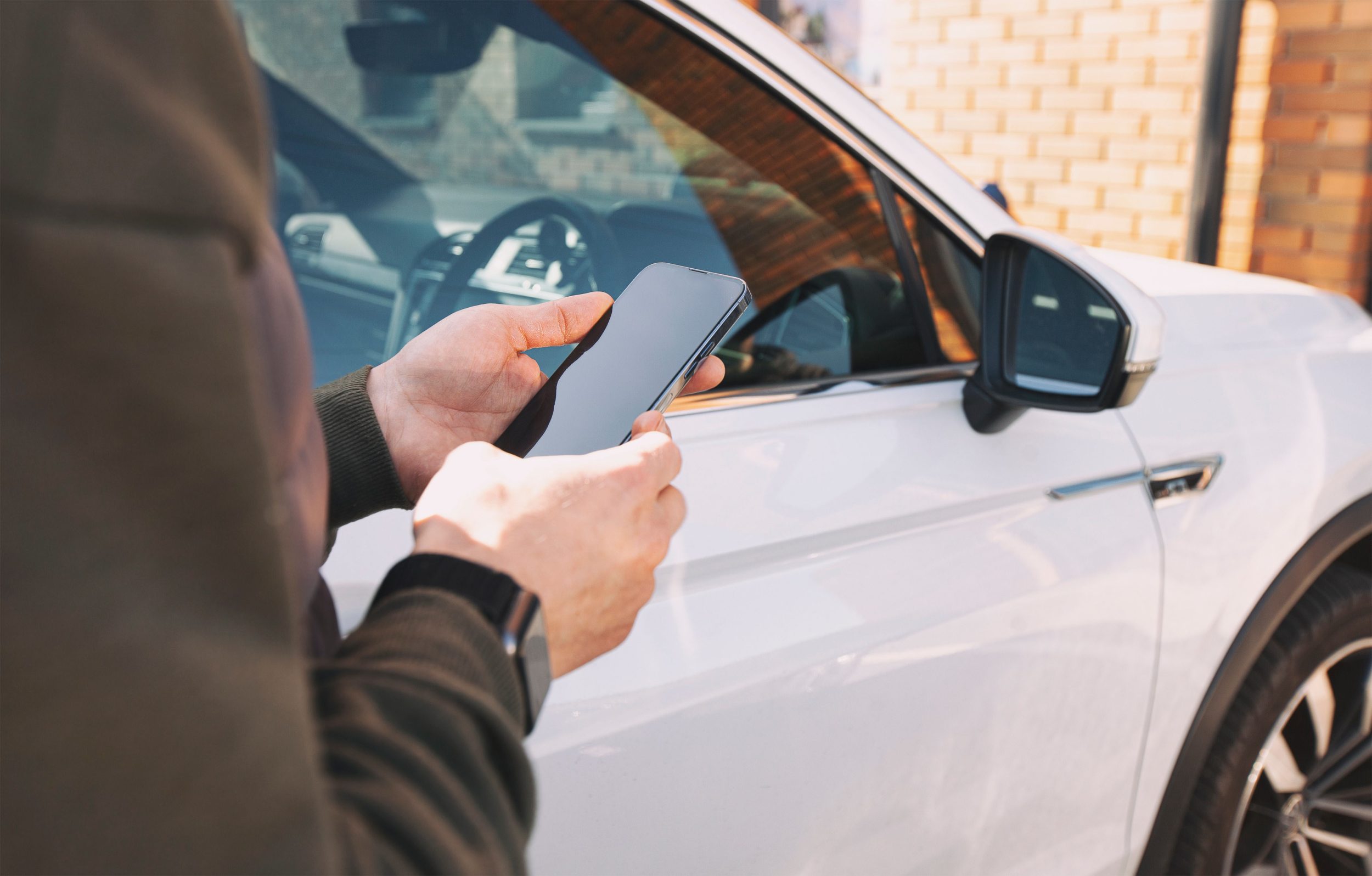Driving on the UK’s roads require a good understanding of the different speed limits. In this blog, we’ll walk you through everything you need to know about speed limits, why they’re important and how you can ensure you’re adhering to them.
What are speed limits?
Speed limits are the maximum legal speeds that vehicles can travel on certain roads. In the UK, speed limits vary depending on the type of road and the area you’re driving in, so it’s vital you know how to adhere to them.
Why are speed limits set and who sets them?
Speed limits are set for a few different reasons, including:
- Road safety – to prevent accidents and reduce the severity of collisions.
- Environmental impact – to reduce emissions and pollution.
- Traffic management – to improve the flow of traffic and reduce congestion.
Local traffic authorities typically set speed limits for local roads, whilst the government establishes the framework and regulations for national speed limits.
Types of speed limits in the UK
There are various types of speed limits in the UK, each designed for different road types and conditions. They are categorised into different types, including:
- National speed limits
- Local speed limits
- Variable speed limits
National speed limits
National speed limits are the maximum allowable speeds set for motorways, dual carriageways and single carriageways. These speed limits are higher than on other roads to allow the free flow of traffic over long distances.
- Motorways – 70mph
- Dual carriageways – 70mph
- Single carriageways – 60mph
These are maximum speed limits and are sometimes not always safe to drive at. When driving on these types of roads, you should always take into account weather and traffic conditions and drive accordingly.
Local speed limits
Local speed limits are the maximum allowable speeds set for residential roads or roads with street lights. Local councils have the authority to set or alter these speed limits if necessary, for example if the road is dangerous or has a high accident rate.
- 30mph – generally applied to all roads with street lighting, unless otherwise indicated.
- 20mph – often used on roads near schools and in some residential areas. In Wales this speed limit has been set for all restricted roads and some residential areas.
Variable speed limits
Variable speed limits are active traffic systems that use dynamic signs to slow or speed up traffic. They are used on some motorways and A roads and are particularly prevalent on smart motorways. These limits adjust based on traffic conditions, roadworks, or incidents. They are designed to improve traffic flow and ensure safety during roadworks and breakdowns/incidents by slowing traffic before and through these road conditions.
UK National Speed Limits for Different Roads
| Types of vehicles | Built-up areas | Single carriageways | Dual carriageways | Motorway |
| Cars, motorcycles, car-derived vans and dual purpose vehicles | 30mph | 60mph | 70mph | 70mph |
| Cars, motorcycles, car-derived vans and dual-purpose vehicles towing caravans or trailers | 30mph | 50mph | 60mph | 60mph |
| Motorhomes or motor caravans (under 3.05 tonnes max unladen weight | 30mph | 50mph | 60mph | 70mph |
| Motorhomes or motor caravans (over 3.05 tonnes max unladen weight | 30mph | 50mph | 60mph | 70mph |
| Buses, coaches and minibuses (under 12m overall length | 30mph | 50mph | 60mph | 70mph |
| Buses, coaches and minibuses (over 12m overall length) | 30mph | 50mph | 60mph | 60mph |
Ref: https://www.gov.uk/speed-limits
Speed limit signs in the UK
Speed limit signs are crucial for informing drivers of the maximum speeds allowed on roads. The primary signs include:
National speed limit sign
 *
*
The national speed limit sign is a white circle with a single black diagonal stripe through it. This sign is used to refer to the 70mph speed limit on motorways and dual carriageways and the 60mph speed limit on single carriageways.
Fixed speed limit sign
 *
*
These types of speed limit road signs are the most common. They usually feature a number on a white background with a red circular border. They are used to show the speed in a speed limited area, such as a 30mph residential area.
Local speed limit sign
 *
*
Local councils are able to introduce their own speed limits on certain roads, and these limits are shown using this type of sign. It features a number on a white background with a red circular border. They are often used on roads where a 20mph limit has been enforced.
Speed limit enforcement
Speed limits are enforced using various methods:
- Fixed speed cameras – permanent installations on roads with high accident rates.
- Average speed cameras – measure an average speed over a distance.
- Mobile speed cameras – operated by police in known speeding spots.
- Handheld speed guns – police operated speed guns or in-car systems.
Penalties for speeding can vary, including fines, penalty points and in severe cases, disqualification from driving. Some speed cameras will be in areas with signs indicating their presence whereas others, such as the mobile speed cameras, won’t have pre-indication signs.
Penalties for speeding
Penalties for speeding can vary and often depend on the severity of the case. Speeding penalties include:
- Fines – ranging from a fixed penalty notice to higher fines for more serious offences.
- Penalty points – these points are added to your driving licence and can accumulate over time, potentially leading to a driving ban or disqualification.
- Speed awareness courses – these are offered as an alternative to points on your licence for some minor speeding offences.
Speeding penalties can affect your insurance premiums and driving record, so it’s crucial to adhere to speed limits to avoid this.
Tips for adhering to speed limits
It is important to adhere to speed limits, not only for safety reasons but also to ensure you avoid penalty points on your licence and increased insurance premiums. Here are some top tips for adhering to speed limits:
- Maintain appropriate speeds – always make sure you are driving at speeds appropriate for the road you are on, taking into account traffic and weather conditions. Observing the speed of other drivers and staying in control of your vehicle is key.
- Pay attention to road signs – make sure to stay alert to speed limit signs and adjust your speed accordingly, ensuring you have enough time to react to changes in speed limits.
- Know your road signs – knowing what different road signs and speed limit road signs mean will help you stick to the speed limit. If you need a refresher on different signs you can revisit the Highway Code.
- Use navigation systems with speed limit notifications – lots of modern navigation systems provide speed limit and speed camera alerts. Set these up before you start your journey and use them to maintain the appropriate speeds.
- Consider the consequences – remind yourself why speed limits are in place and what could happen if you break the law. Driving over the speed limit can mean that you have less time to respond to unexpected hazards.
- Use cruise control – if you’re lucky enough to have a car that has a cruise control feature, make the most of it and let it do the work for you. This should allow you to maintain a speed that matches the speed limit of the road you’re driving on.
Will I be tested on speed limits and signs when learning how to drive
Yes, understanding speed limits and road signs is a critical part of learning how to drive. During both the theory test and the practical driving test, you will be tested on your knowledge around speed limit signs and assessed on how you adhere to the speed limits themselves whilst driving.
Get learner car insurance with Dayinsure
With Dayinsure, you can get fully comprehensive temporary learner driver insurance, ensuring you are protected whilst you gain valuable driving experience. Enjoy peace of mind whilst focusing on mastering the road with Dayinsure.
Our learner insurance is flexible, with cover available from 1 day up to 5 months. Get a quote today.
*© All road sign graphics shown are crown copyright (Open Government Licence)



